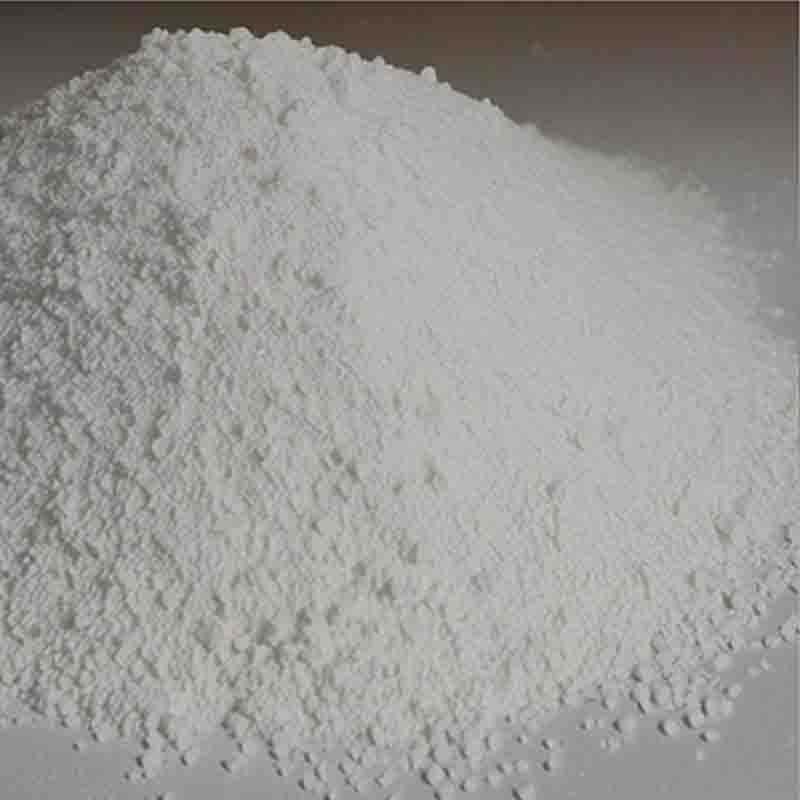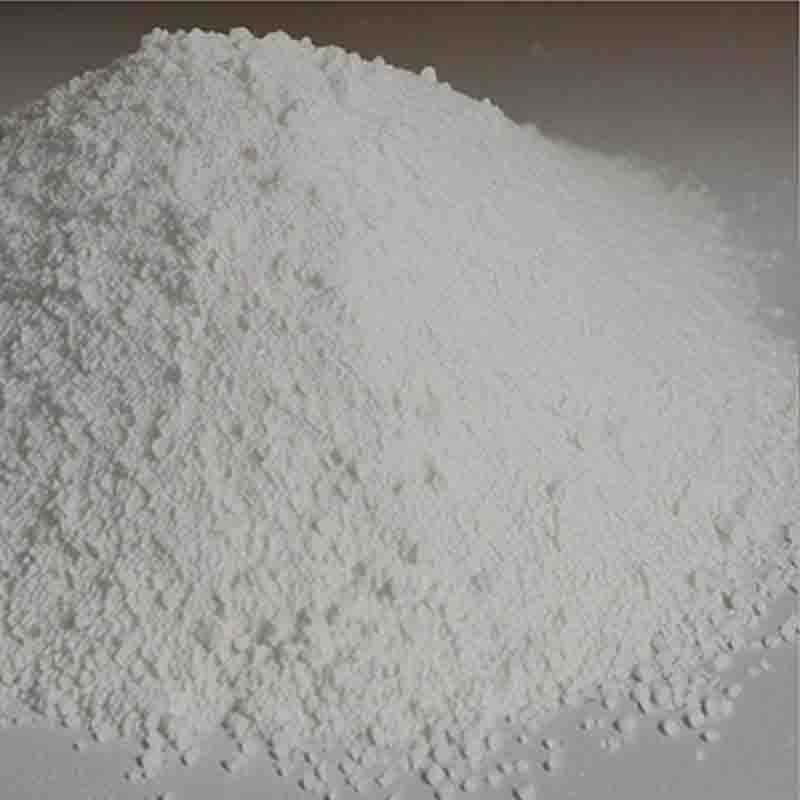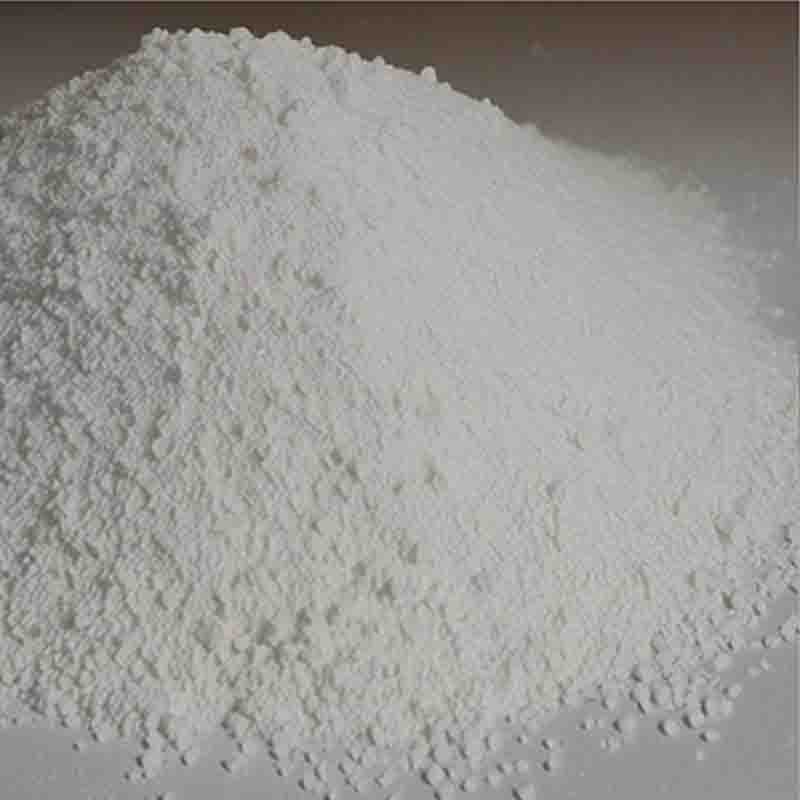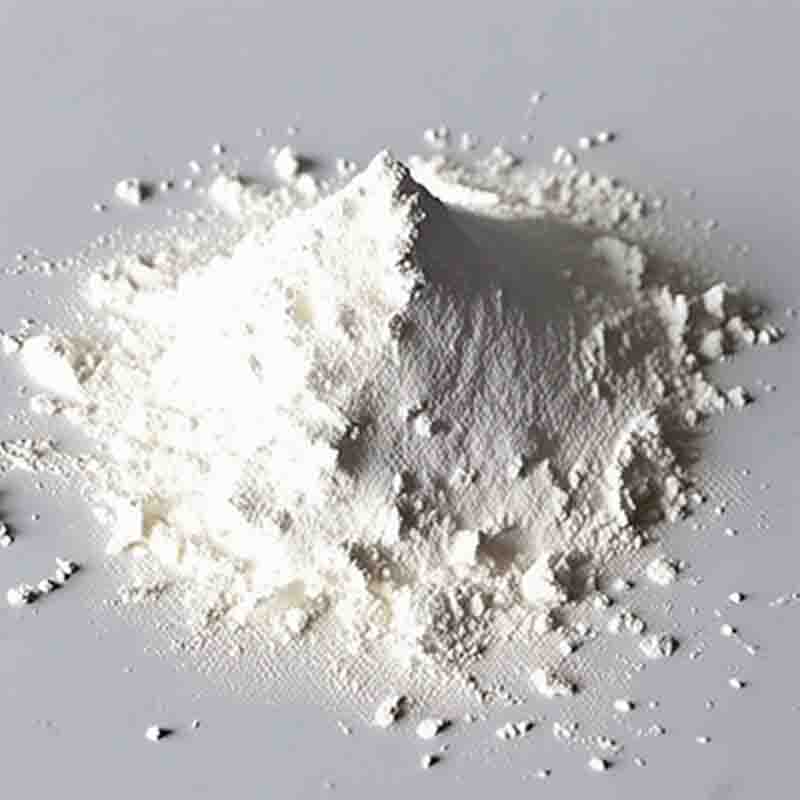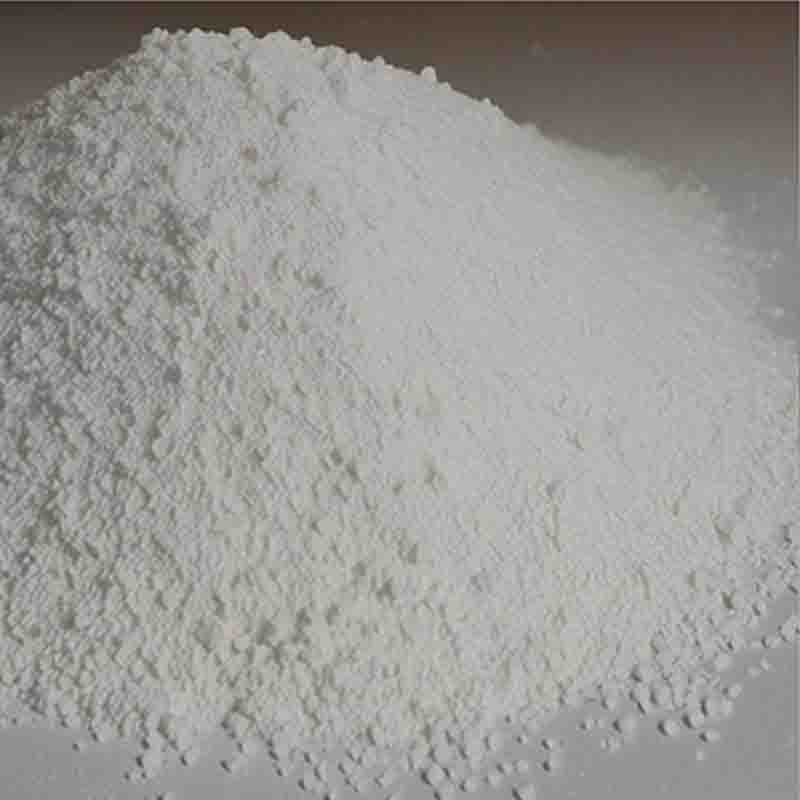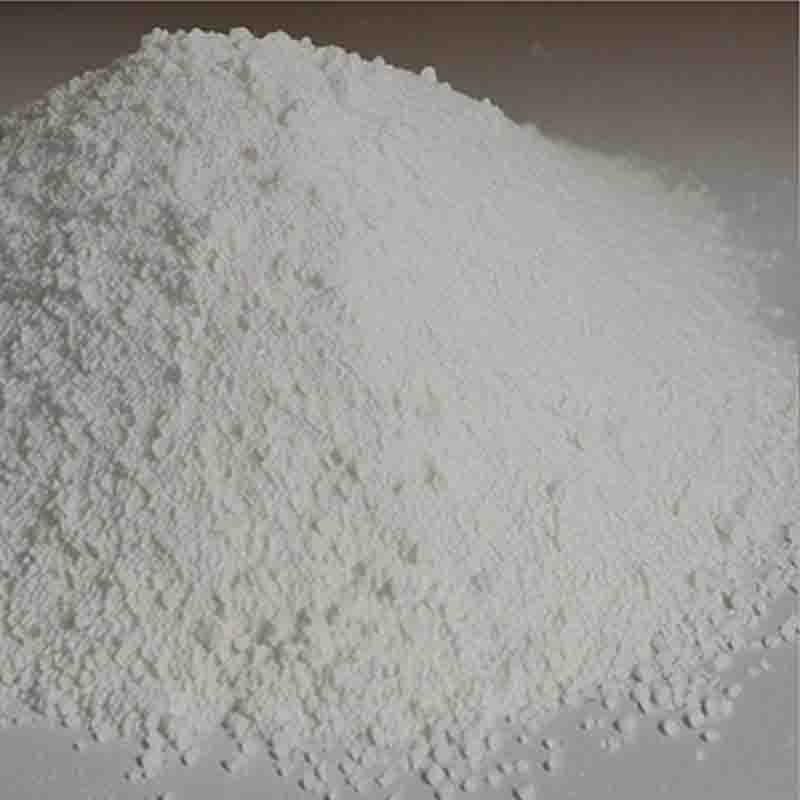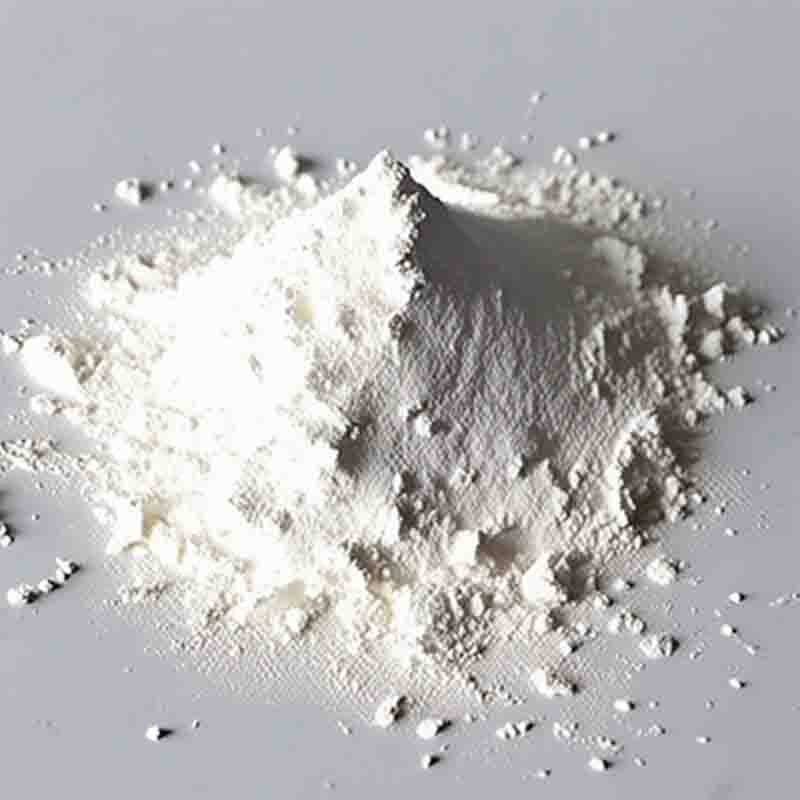Tris-(2-cyanoethyl)-phosphine CAS:4023-53-4
| Catalog Number | XD95920 |
| Product Name | Tris-(2-cyanoethyl)-phosphine |
| CAS | 4023-53-4 |
| Molecular Formula | C9H12N3P |
| Molecular Weight | 193.19 |
| Storage Details | Ambient |
Product Specification
| Appearance | White powder |
| Assay | 99% min |
Tris-(2-cyanoethyl)-phosphine, also known as TCEP, is a chemical compound that has various effects and applications. In this 300-word essay, we will explore some of the known effects and potential uses of Tris-(2-cyanoethyl)-phosphine.Reducing Agent:One of the primary uses of Tris-(2-cyanoethyl)-phosphine is as a strong reducing agent in various chemical reactions. It has the ability to donate electrons, making it useful in reducing disulfide bonds in proteins. By breaking these bonds, TCEP helps in denaturing and unfolding proteins, which is important in many research applications, protein purification, and enzyme studies. Furthermore, it can act as a reducing agent for other functional groups like aldehydes and ketones.Stabilizer in Analytical Chemistry:Tris-(2-cyanoethyl)-phosphine is also used as a stabilizer in analytical chemistry. It prevents oxidation of samples during analysis, especially in the presence of air or oxygen. TCEP can maintain the reduced state of analytes, ensuring accurate results in various techniques like high-performance liquid chromatography (HPLC), mass spectrometry (MS), and nuclear magnetic resonance (NMR).Antioxidant:Due to its redox properties, Tris-(2-cyanoethyl)-phosphine also acts as an antioxidant. It can scavenge free radicals and reactive oxygen species, protecting cells and tissues from oxidative damage. This antioxidant capacity makes TCEP valuable in various biomedical research areas, including studying oxidative stress-related diseases and developing antioxidant therapies.Chemical Synthesis:TCEP finds application in chemical synthesis, particularly in the modification of biomolecules. It can be used to functionalize proteins and peptides by reacting with specific functional groups like disulfide bonds, cysteine residues, or other thiol-containing molecules. These modifications allow for the introduction of various labels, conjugates, or cross-linking agents for further research or therapeutic purposes.Drug Delivery Systems:Tris-(2-cyanoethyl)-phosphine has also been explored for its potential role in drug delivery systems. It has been used in the formulation of nanoparticle-based drug carriers, enabling the controlled release of active compounds. TCEP facilitates the encapsulation of drugs within nanoparticle systems and can be further modified to enhance drug stability, targeting, or sustained release properties.In conclusion, Tris-(2-cyanoethyl)-phosphine exhibits various effects and finds applications in different fields. Its role as a reducing agent, stabilizer in analytical chemistry, and antioxidant highlight its significance in research and analysis. Additionally, its application in chemical synthesis and drug delivery systems demonstrates its potential in drug development and targeted therapies. Further research and exploration of Tris-(2-cyanoethyl)-phosphine's properties and applications will likely reveal even more uses and benefits in various scientific and industrial fields.


